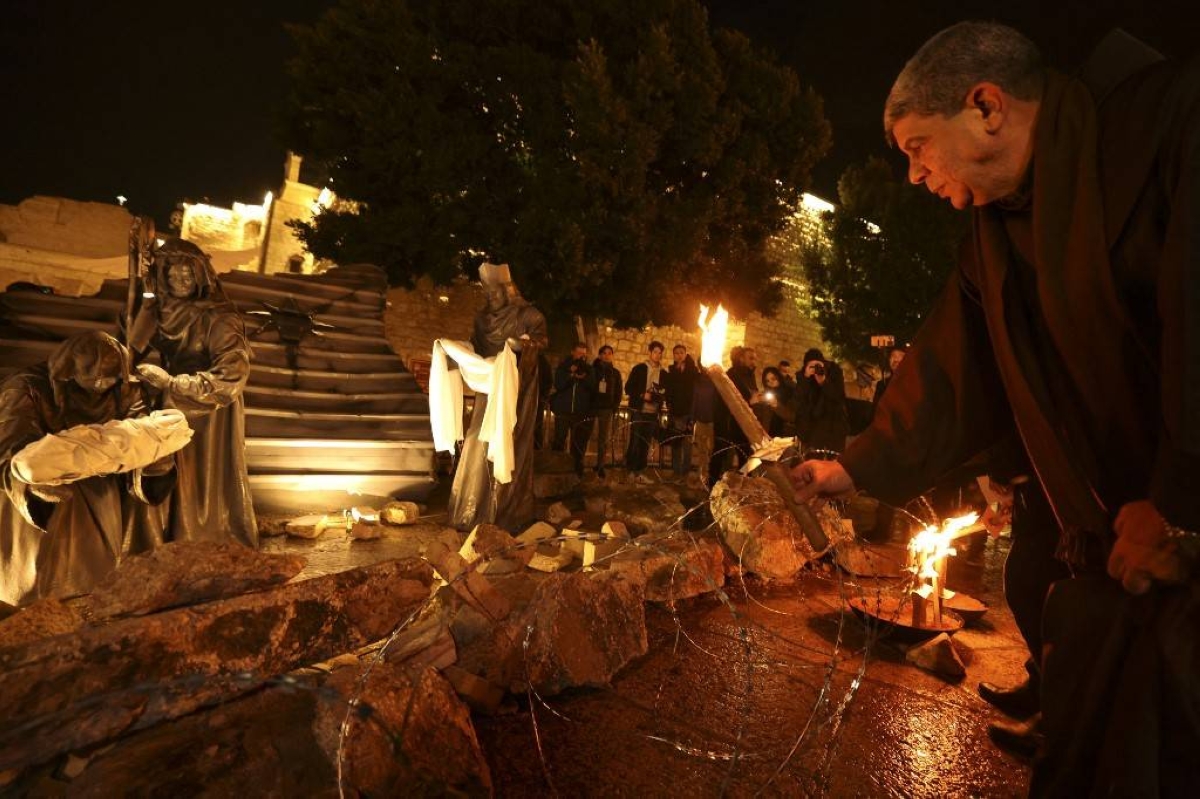Israel’s armed forces have shifted their focus to targeting Hamas in south Gaza, according to a statement released on Sunday. This change in strategy comes after weeks of intense fighting in Gaza City. The Israeli army has now set its sights on Khan Yunis and other areas in the south, signaling a pivot in their operations.
Khan Yunis, once a refugee camp and now a city, holds significant importance as the birthplace and powerbase of Yahya Sinwar, the leader of Hamas in Gaza. Israel holds Sinwar responsible for the attack on October 7th, which triggered the ongoing conflict in the region.
On that day, Hamas militants crossed the Gaza border and launched an attack on southern Israeli communities, resulting in the deaths of approximately 1,140 people, mostly civilians. They also took around 250 hostages, with 129 still held in Gaza. In response, Israel vowed to crush Hamas and initiated an air, land, and sea offensive on Gaza. The Hamas government in the Palestinian territory claims that the war has claimed the lives of more than 20,000 people, mostly women and children.
The Israeli army reported that nine soldiers were killed in Gaza on Saturday, bringing the total death toll to 152 since the ground assault began on October 27th. While the Israeli army continues its operations across Gaza, military spokesman Jonathan Conricus stated that they are close to gaining operational control in north Gaza. As a result, their efforts are now focused on targeting Hamas in southern Gaza.
In central Gaza, rescuers worked tirelessly overnight to save people trapped in a destroyed residential building in the city of Deir al-Balah. One survivor, Yazan Moqbel, who was wounded in the incident, recounted his experience, saying, “I was praying when a huge explosion occurred, and rubble fell on us. I didn’t know what happened.” These incidents raise concerns about civilian casualties and the impact of the conflict on innocent lives.
Israel denies deliberately targeting civilians and emphasizes that their actions are necessary to prevent future attacks on Israeli farms, villages, and kibbutzim. However, reports indicate that new strikes by Israel have hit Jabalia and Khan Yunis, further exacerbating the humanitarian crisis in Gaza.
The United Nations estimates that nearly 80% of Gaza’s population of 2.4 million has been displaced by the fighting. Many who sought refuge in the south have found themselves caught in the war once again. The situation has prompted US President Joe Biden to have another “long talk” with Israeli Prime Minister Benjamin Netanyahu. The focus of their discussion was on the objectives and timeline of Israel’s military operation, as well as the critical need to protect civilians.
The United States recently allowed the passage of a UN Security Council resolution, which called on Israel to facilitate the immediate and safe delivery of life-saving aid to Gaza. However, disagreements over the wording of the resolution and the ceasefire have strained relations between Israel and the US.
UN Secretary-General Antonio Guterres has accused Israel of creating significant obstacles for aid deliveries. South Gaza serves as the primary route for humanitarian relief to enter the territory, with most aid coming through the Egyptian border near Rafah. However, for Palestinians in the south, aid alone is not enough. They demand a ceasefire to end the ongoing violence.
In conclusion, Israel’s shift in focus to targeting Hamas in south Gaza marks a significant development in the ongoing conflict. The international community, led by the United States, continues to press for the protection of Palestinian civilians and the facilitation of humanitarian aid. The situation remains dire, with a high number of casualties and a growing humanitarian crisis. The need for a ceasefire and a lasting solution to the conflict is more urgent than ever.







